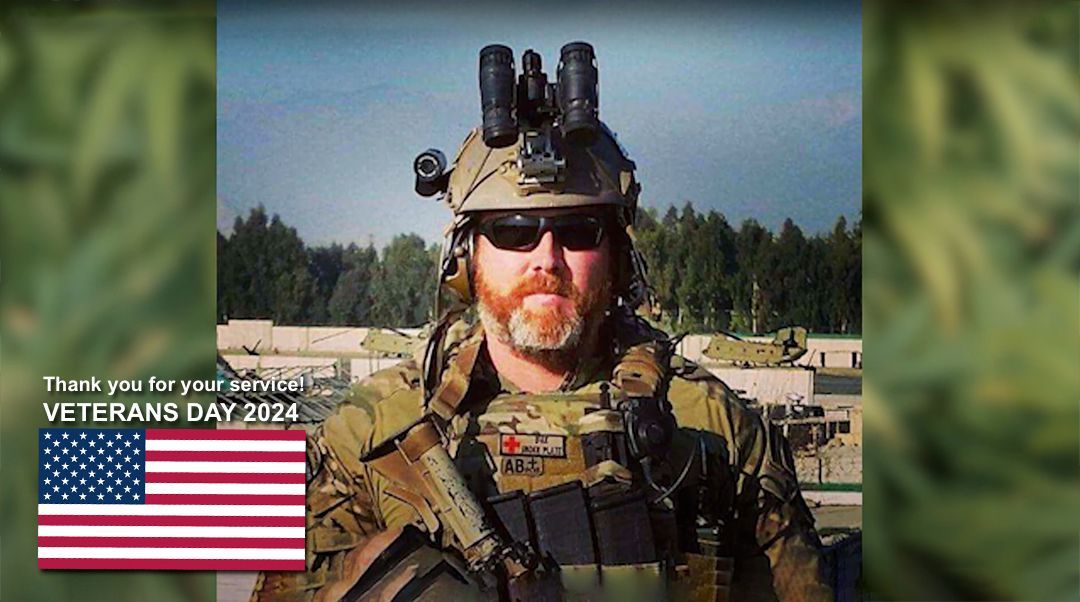What You Need to Know About Detecting Hop Latent Viroid in Cannabis
Hop latent viroid (HLVd) is a single-stranded, circular infectious RNA that is completely dependent on its host plant’s metabolism for replication. As the name suggests, HLVd occurs worldwide in hops, but it can also infect hop’s relative, cannabis.

How does Hop Latent Viroid affect Cannabis and Hemp Plants?
Detecting Hop Latent Viroid in Cannabis:
- HLVd won’t kill the plant or even cause obvious symptoms of infection (i.e., curling or yellowing leaves); however, plants will show subtle symptoms that are often referred to as “dudding”.
- During the vegetative stage, HLVd-infected plants grow shorter with smaller leaves and tighter node spacing.
- Flowering plants infected with HLVd have smaller, looser buds with much fewer trichomes.
- One client estimation that cannabis plants infected with HLVd had half the cannabinoid content of healthy plants and overall yield was reduced 30%.
How does Hop Latent Viroid spread?
HLVd is most commonly spread via infected tools and equipment, which is why cultivators should always sterilize their equipment before starting work on a new plant.
HLVd can also spread through cloning when cuttings are taken from an infected mother. And because symptoms of HLVd are not always obvious in the vegetative stage, it can be hard to identify infected mother plants. This is especially true when infection occurs later in the plant’s development since stunted growth will not be as apparent.
How can Hop Latent Viroid be Controlled?
Although HLVd can be eliminated from a cannabis or hemp plant via tissue culture, it is a long and laborious process that should only be reserved for cultivars that are critical to your business.
As with most plant pathogens, prevention is key. Good sanitation practices will go a long way in preventing the spread of HLVd and all other plant pathogens. Use fresh gloves each time you handle a new plant and sterilize tools often. Visitors and staff whole also use footbaths before entering the growing area and wear hairnets, beard nets, gloves, and coveralls.
Cultivators should also screen mother plants with qPCR assays to ensure they are virus-free before taking any cuttings. Cultivators should also screen and incoming clones with qPCR assays to make sure they are not introducing infected plants to their growing area.
Source:




